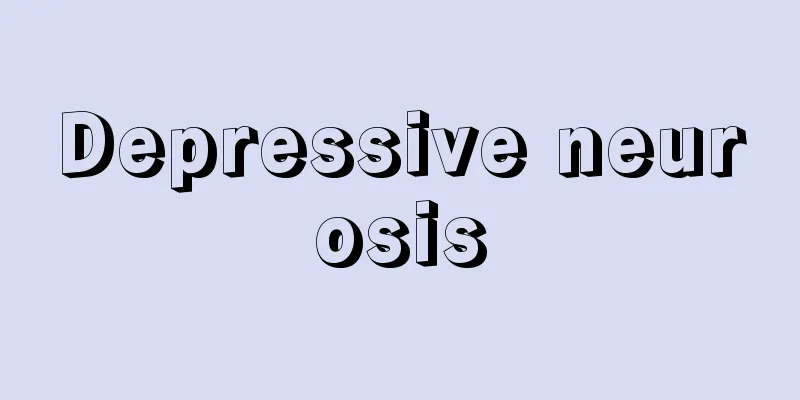Depressive neurosis

|
Diseases are very common, and different diseases have different manifestations. Therefore, before treating the disease, you must have a good understanding of your own disease, which will be of great help in the treatment of the disease. What kind of disease is depressive neurosis? This is a disease that has a great impact on the human body and mind. After the onset of such a disease, the patient will have a depressed mood, and the patient will also have a mental illness. Many people are not very clear about depressive neurosis. This is a disease that is very harmful to human health. However, this disease is also caused by the patient himself, so when treating such a disease, good methods are required. Depressive neurosis: Depressive neurosis, also known as dysthymic disorder, refers to a neurosis characterized by a persistent low mood, often accompanied by anxiety, physical discomfort and sleep disorders. Patients require treatment but have no obvious motor inhibition or psychotic symptoms, and their lives are not seriously affected. According to an epidemiological survey of neurosis in 12 regions across the country, the prevalence of this disease is 3.1‰. According to a report from the Department of Psychiatry of West China University of Medical Sciences, patients with depressive neurosis accounted for 21.2% of psychiatric outpatients and 70.6% of neurosis. A survey report on the outpatient department of a county hospital accounted for 27.8% of neurosis, indicating that the prevalence of this disease is relatively high. It is more common in women. Symptoms and signs 1. Meet the diagnostic criteria for neurosis. 2. Persistent mild to moderate depression as the main clinical manifestation accompanied by at least three of the following symptoms: (1) Interest has decreased, but not lost; (2) Pessimistic and disappointed about the future, but not hopeless; (3) Feeling tired or lack of energy; (4) Self-esteem declines and one is willing to receive encouragement and praise; (5) They are unwilling to actively interact with others, but are good at passive contact and are willing to accept sympathy and support. (6) Having thoughts of death but having many concerns; (7) They feel that their condition is serious and difficult to treat, but they actively seek treatment in the hope that it can be cured. 3. None of the following symptoms: (1) Obvious psychomotor inhibition; (2) Early awakening and symptoms that are worse during the day and less severe at night; (3) severe guilt or self-blame; (4) persistent loss of appetite and significant weight loss (not caused by physical illness); (5) more than one suicide attempt; (6) Unable to take care of oneself; (7) Hallucinations or delusions; (8) Severe lack of self-awareness. 4. The course of the disease is at least 2 years, and the mood is depressed for most of the entire course. If there are normal breaks, each time does not exceed two months. Through the above introduction, we have a good understanding of depressive neurosis. The treatment of such diseases takes a long time, and during the treatment process, family members should not add pressure to the patients, as this will make the disease more serious. At the same time, psychological counseling for patients is also very critical. |
Recommend
Why do men always want to "cheat"?
There is a saying: "There is no cat that doe...
Three topics that men are most afraid of
The life of a married man and a woman is definite...
The four most common secrets that your ex is most likely to betray
A male star published a book, revealing his past ...
Is monogamy in line with human nature?
Abstract:Humans are animals that drink without be...
Domineering love skills
Not every woman can let go and actively moan. Thi...
In the love between man and woman, who is making fun of whom?
A woman has a new boyfriend. He seems to be hesit...
Compression urethral contraception
This is a contraceptive method used for men. This...
The stronger the man, the better he will control this time.
Men's anxiety when facing sexual temptation m...
Why do men prefer beautiful legs in stockings?
Men actually all have an obsession with beautiful...
7 Contraceptive Methods You Didn't Know About
Are you tired of condoms, birth control pills and...
Urethra pain after sex
For many men and women, making love is something ...
What are the consequences of having sex during menstruation?
Many young people have just come into contact wit...
What are the symptoms of breast fibroids?
Breast fibrosis is a type of breast hyperplasia. ...
Can I get pregnant during the safe period of sexual intercourse?
When a woman has her period, it is a normal physi...
Perfect married life: 6 points to achieve twice the result with half the effort
A high-quality sex life can bring people ecstasy ...









